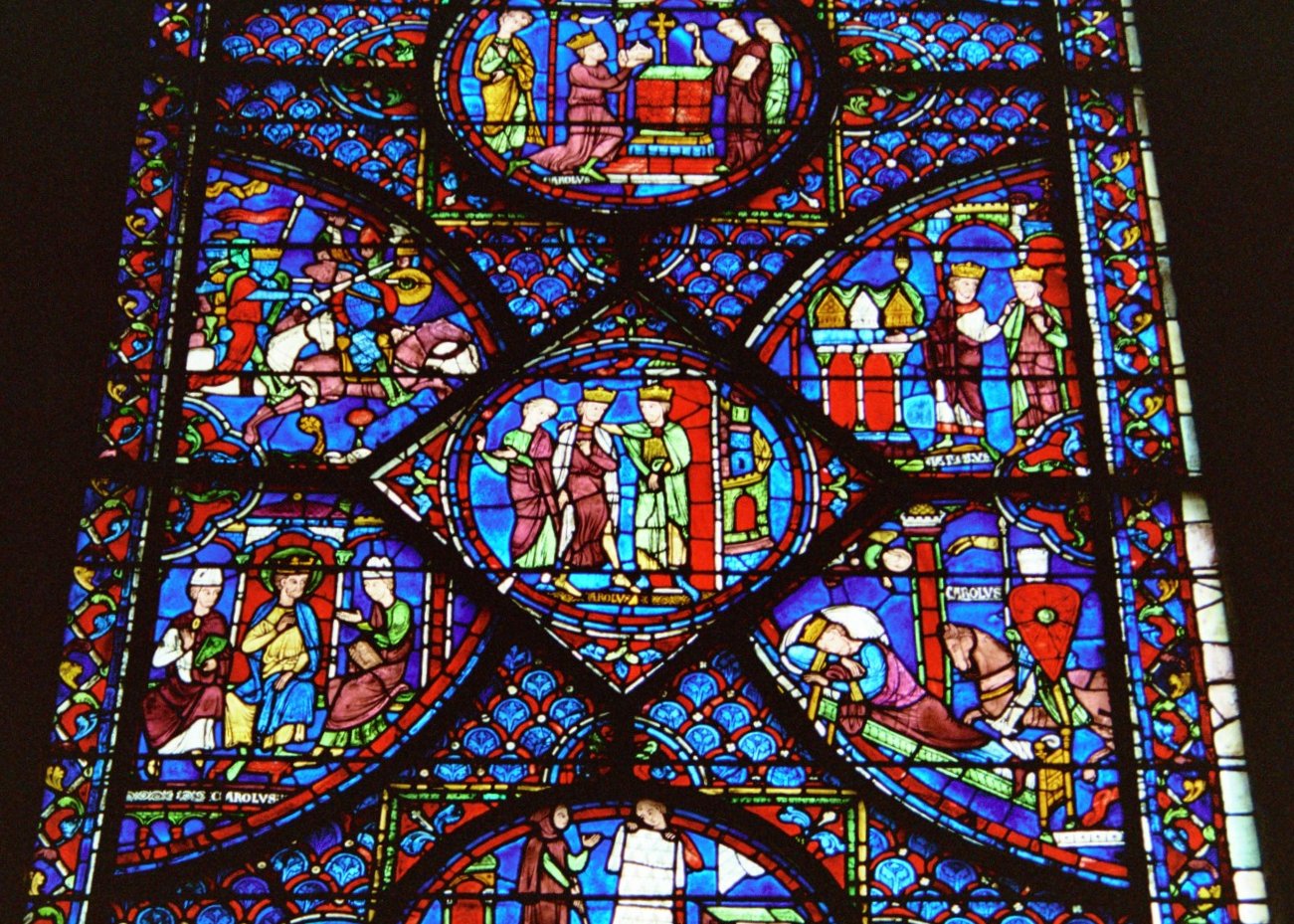
Just a second, I want to send a tweet about The Reformation…
I have just emerged from a week spent in an 11th Century castle in Tuscany with friends and family (my wife, their family, which is fine).
What made the week so interesting was that there was no Internet in the castle.
(And no air conditioning either – which was fine, as the thick stone walls didn’t need any).
Each morning, we emerged into the large, enclosed courtyard for breakfast (before heading to the pool – all was not SO medieval).
Yet even in the early morning, I was able to get some sense of what life was like in the 12th Century, when the place was built and humming along – so to speak.
He castle had a lot of the original features – massive stone walls, a tower, a dungeon (where the kids watched videos, which worked out quite well. A different kind of torture – you WILLÂ watch Spongebob Squarepants again for the 40th time! …. IÂ confess…), and a chapel.
I found the chapel the most interesting.
Of the entire castle (save the dungeon and Spongebob), this was the only place that had any semblance of ‘media’ in it, albeit it, media from the 12th Century.
And what was that media?
A few religious paintings, a bit of religious statuary and a stained glass window.
Also a massive bible on a stand.
That was pretty much it for media in the 12th Century.
Of course, the population was illiterate, and so the paintings and statues and the window were the only way they could be told a story.
In this case, it was the same story, repeated with endless variations.
The Story of Jesus.
Conception, Birth, Ministry, Death, Resurrection.
Like 5 episodes of The Sopranos, this tale was repeated over and over and over and over in a wide variety of media.
That one room contained the full compendium of the global communications industry for western civilization for about a thousand years.
To say it was limited is to vastly overestimate what the average person was exposed to in a lifetime.
There is probably more content on this one web page than most people in Medieval Europe saw in their entire lives.
The world was essentially devoid of media.
None.
Zip.
Nada.
For those who could make the pilgrimage to a place like the Great Cathedral at Chartes, a once in a lifetime experience that in fact very few actually made, the exprience of standing before the stained glass window at Chartres must have been overwhelming.

Imax, circa 1300 AD
Here, before them, was “The Story”, (the only one they knew), not exactly in 3D, but definitely in HD, or the HD of its day.
Amazing.
Brethtaking
The MTV of it’s time.
Only moreso, because it was all there was.
As was the Cathedral of Chartres to our great great great great (x40, which is not so much when you think abouy it), so was TV to our grandparents.
Amazing!
And as limited in its way as was the contents of the chapel at La Rocca Castle in Tuscany.
Today, Youtube has more than 28 billion videos.
That is a lot of stained glass windows.
This means two things – both happening at the same time, and each at loggerheads with the other – but clearly, both very much happening.
First, the arrival of real mass media (as opposed to 3 TV networks, for example, which are in fact have a good deal more in common with the windows at Chartres than they do with Youtube), means that a whole lot more content is going to be made by a whole lot more people about a whole lot more things and stories. That means a kind of dissolution of the power of the medium to have an impact on us. We become innured to it. It takes more and more ‘something’ to get our attention, and even more to hold it.
A story in Beet.tv today says that its advice to brands using UGC video is ‘keep it short’, like 20 seconds.
That is because we have, only 5 years into the Youtube era, become so jaded to videos that 20 seconds seems like a lifetime.
Hey Michelangelo, that Sistine Chapel thing – keep it small, like to 2 or 3 inches, People get bored with big, complex paintings.
Tragic.
The other side (I said there were two things happening) is that now everyone gets a chance to say something about anything they want.
This is a very big change.
In the chapel of the Castle at La Rocca, only the priests could say what the Church said they could say about one thing – The Story.
Until very recently, video and television were also more akin to the priests in the Middle Ages than they were to the era of social media.
Admittedly, the number of topics had expanded, but the notion of a priesthood who made the content and an illiterate populace who watched it or looked at it or heard it was about the same.
Now, the democratization of video means anyone, any story, any time.
This is a very big change.
And one with enormous potential.
If you pick the right story.
And you tell it well.